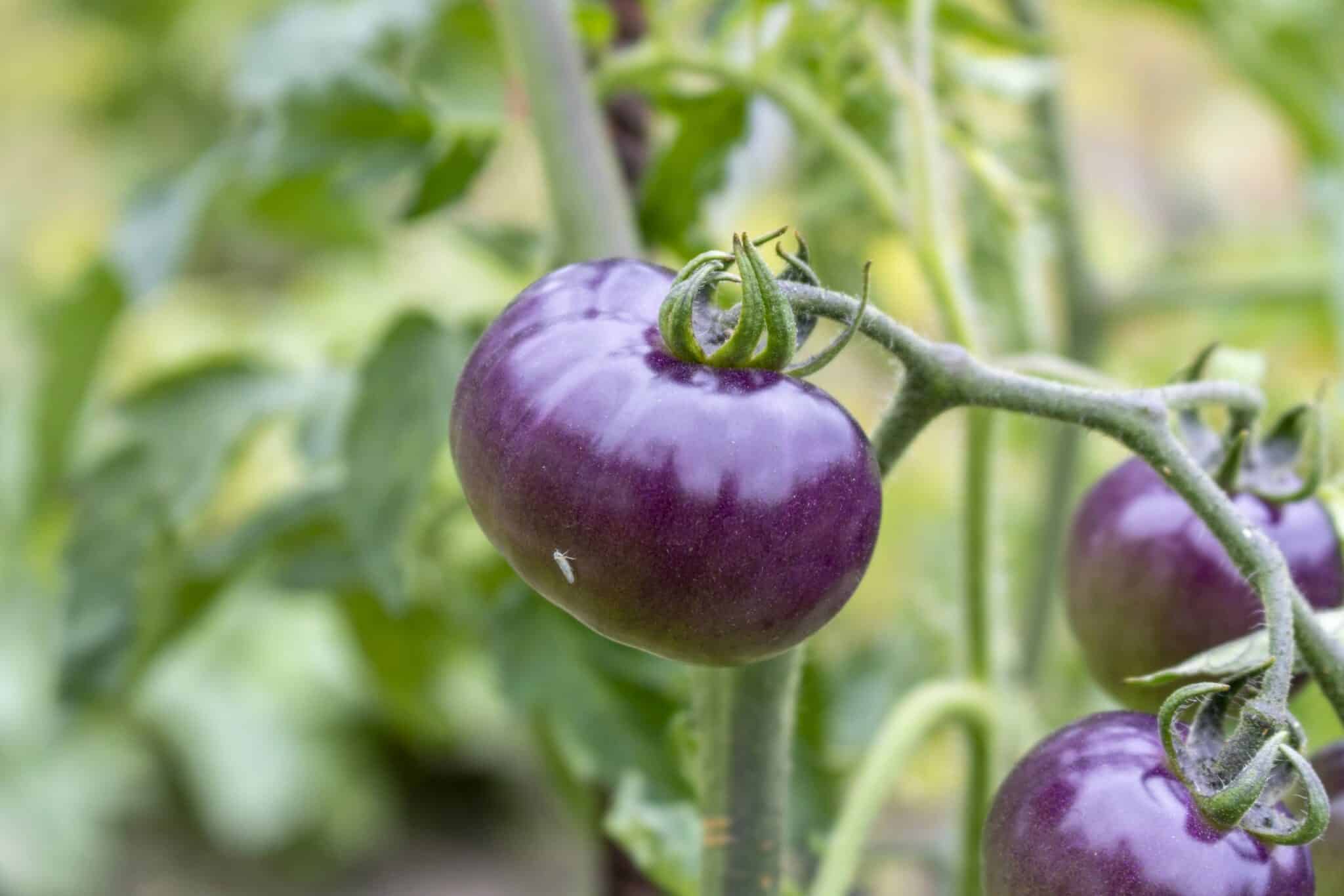What intellectual property issues could arise from heirloom seeds?
If you’ve worked in the vegetable or flower seed sector, you’re likely to have come across an heirloom variety. Usually these varieties are very old, and sometimes it is difficult to track down information about the original breeder or where the variety came from. Sometimes, it’s very easy, though!
Many heirloom varieties have been passed down through family generations or cultural tribe generations and have quite the storied history that accompanies them.
But the question Seed World took to James Weatherly, founder of Weatherly IP Solutions, was simple: What intellectual property (IP) issues could arise from these heirloom seeds?
Heirlooms Compared to New Varieties
The answer quickly became while there could be issues that pop up concerning heirlooms, heirloom varieties are more likely to hinder the ability to get patent or Plant Variety Protection (PVP) than to actually be protected by IP rights.
“Traditionally, when somebody comes to me and says, ‘Hey, we’ve got this heirloom variety we want to protect,’ we often follow up with the question: ‘How long has it been sold?'” he says. “If they tell us it was sold back in the 60s and 70s, well, there’s an issue with that.”
To get a patent or PVP in the U.S., the application must be filed within the first year of selling or distribution for the variety. Unfortunately, with these older varieties, that means mostly likely they are not eligible for patent or PVP protection.
“Now, let’s say if you’re breeding and you come up with a variety or a novel trait, for example, a new purple tomato,” Weatherly explains. “If you want to file a patent for the purple tomato trait or the genetics around the trait that produced the purple tomato, it’s important to remember that the USPTO will look at old tomatoes, including heirloom varieties, to see if there have been tomatoes in the past with a purple color.”
Weatherly uses the example of heirloom varieties like Cherokee Purple, another heirloom purple tomato.
“When the patent or PVP office is looking to evaluate your trait or variety for novelty or distinction, they are more than likely going to look at old patents, journals and past seed catalogs and to look at old varieties to see what’s been out there,” he says. “In the example of a purple-colored tomato, a patent examiner may find an old variety such as Cherokee Purple with a similar purple trait. Which leads to the question as to whether the purple trait is novel and patentable?”
However, another situation that can arise is the idea of creating a new, novel variety from an heirloom variety.
Again, using the idea around Cherokee Purple, Weatherly explains that if you were to breed and develop a new variety of Cherokee Purple, then mostly likely you can get patent and/or PVP protection for that new variety.
“In theory, it really shouldn’t be considered an heirloom after that,” Weatherly says. “It may be an improved heirloom, but it’s would appear to be a new variety.”
All-in-all, Weatherly cautions, as always, if you are planning to breed with what you believe is an heirloom variety, double check that there isn’t IP protection on the variety. But if you believe you are free to breed with the heirloom and develop a new variety, make sure you get protection, either patent or PVP, on the variety.
One other important thing Weatherly mentions is that one of the tenants of patent and PVP protection is to encourage new innovations and to provide breeders with a benefit for their innovations, that includes 20 years of patent or PVP protection.
“We want to encourage new innovations while respecting the value and hard work that went into old, heirloom varieties. Patents and PVPs are for new innovations and it’s not appropriate for someone to try and get IP protection on seeds that have been around and passed down for generations.”













